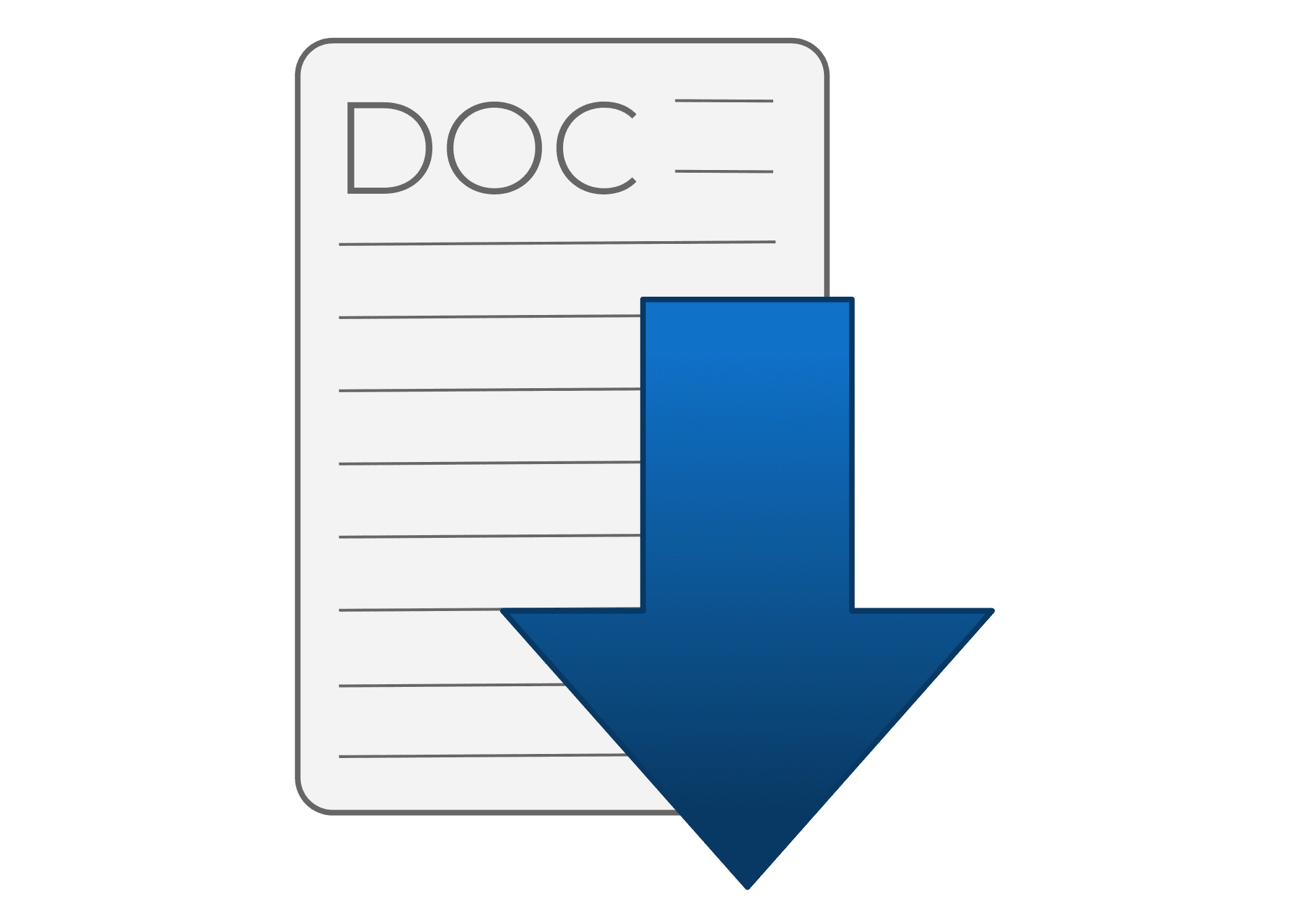THE EFFECTIVENESS OF USING THE TALKING STICK METHOD IN LEARNING IPS TO IMPROVE STUDENT LEARNING OUTCOMES
DOI:
https://doi.org/10.31980/journalcss.v7i2.768Keywords:
Talking Stick Method, Learning Outcomes, social studies learningAbstract
This research aims to find information on student learning outcomes using the talking stick learning method in class VII of SMPN 2 Tarogong Kidul Garut. This type of research uses a quantitative approach with a quasi-experimental method, a quasi-experimental research design using pre-test and post-test nonequivalent control group design. The population of this research was class VII students of SMP Negeri 2 Tarogong Kidul Garut. Samples taken using purposive sampling technique were 1 experimental class, class VII-C and 1 control class, class VII-F. The instruments used in this research were test question sheets and observation sheets. Based on the results of SPSS 27 statistical analysis research, the initial abilities of the two groups were different from the average test scores. Meanwhile, for the final test results, the Sig (2-tailed) value was 0.000 and ɑ was 0.05, meaning 0.000 < 0.05, so it was rejected and accepted. The results of statistical tests regarding the influence of the talking stick learning method on social studies learning outcomes for class VII students at SMP Negeri 2 Tarogong Kidul Garut are in accordance with the results of the gain test. The N-Gain obtained by the experimental class was 0.44. So the medium level category. So it was concluded that it was rejected and accepted so that there was an increase in student learning outcomes using the Talking Stick learning method.
References
Noviasari, W. (2018). penggunaan metode talking stick untuk meningkatkan hasil belajar peserta didik mata pelajaran ilmu pengetahuan alam kelas vi sd negeri bumi rahayu.
Pantas1, H. (2020). meningkatkan hasil belajar peserta didik dengan menggunakan metode pembelajaran talking stick. vol 4 no 1.
Nasution, Kalsum Mardiah. 2017. Penggunaan Metode Pembelajaran Dalam Peningkatan Hasil Belajar Siswa. Jurnal Ilmiah Pendidikan. Vol.11, No.
Sundayana.(2015). Statistika Penelitian Pendidikan. Bandung: alfabeta CV.
Sugiyono. 2015. Metode Penelitian Pendidikan pendektn Kuantitatif, Kualitatif, dan R&D. Bandung: Alfabeta Cet. 21.
Abdurrahman, Mulyono. 2013. Pendidikan Bagi Anak Berkesulitan Belajar. Jakarta: Rineka Cipta.
Slameto. 2003. Belajar dan Faktor-faktor yang mempengaruhinya. Jakarta: Rineka Cipta.
Zainuddin, Z., & Keumala, C. M. (2021). Gamification Concept Without Digital Platforms: A Strategy For Parents On Motivating Children Study At Home During Covid-19 Pandemic. PEDAGOGIK: Jurnal Pendidikan, 8(1), 156-193.
Syaodih Sukmadinata, Nana. 2011. Metode Penelitian Pendidikan. Bandung: PT Remaja Rosdakarya. cet. 1. hlm. 52.
Wulandari, D.F. 2016. Penerapan metode talking stick untuk meningkatkan keaktifan dan hasil belajar siswa pada mata pelajaran boga dasar di SMKN 3 Magelang. Skripsi. Universitas Negeri Yogyakarta.
Sugiyono. 2018. Metode Penelitian Kuantitatif. Bandung: Alfabeta Cet. 1
Tetep., A. Dahlena, “Fun Pattern Based Learning Approach for Social Studies Learning during the Covid-19 Pandemic,” vol. 13, no. 3, 2021.
T. Tetep, “Social Media and Changes in Students ’ Learning and Social Behaviors,” 2021.
T. Tetep, “Opportunities or Challenges ? Building Student Social Character through WhatsApp- Based Project Citizen in Disruptive Era,” 2021.



